Optimal Timing for Drainage Extension Installation
Drainage extensions are most effectively installed during periods of dry weather when soil conditions are stable. Dry conditions prevent soil disturbance and ensure proper installation. Timing also depends on local climate patterns, with late spring through early fall often ideal in temperate regions.
Late spring and early fall typically offer optimal weather conditions for drainage extension installation, minimizing delays caused by rain or frost.
Dry, firm soil provides a stable base for drainage extensions, reducing risks of shifting or damage over time.
Avoid installation during heavy rain, snow, or extreme cold, which can compromise the integrity of the drainage system.
In regions with mild winters, installation can be feasible year-round, but in colder climates, late spring to early fall is preferred.

Ways to make Drainage Extensions work in tight or awkward layouts.

Popular materials for Drainage Extensions and why they hold up over time.
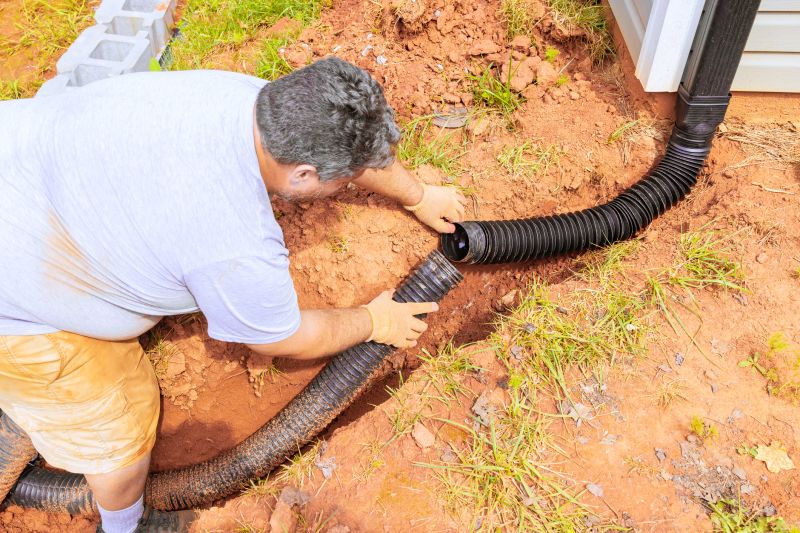
Simple add-ons that improve Drainage Extensions without blowing the budget.
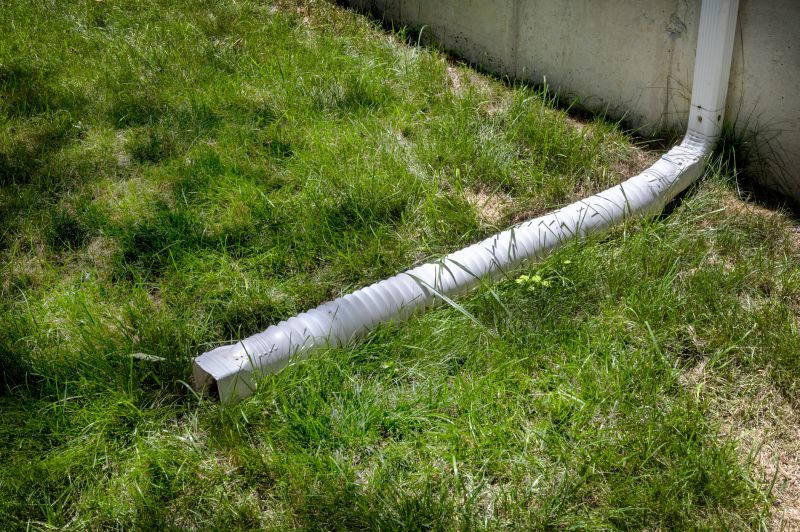
High-end options that actually feel worth it for Drainage Extensions.
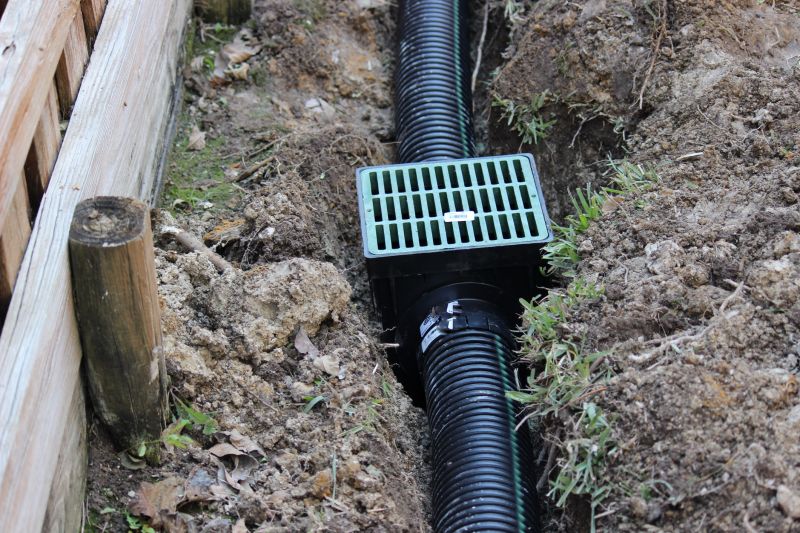
Finishes and colors that play nicely with Drainage Extensions.

Little measurements that prevent headaches on Drainage Extensions day.
Drainage extensions are crucial for managing excess water and preventing flooding around properties. Proper timing ensures that installations are durable and effective, reducing the risk of future drainage issues. The installation process involves connecting existing drainage systems with new extensions, which requires careful planning and execution to ensure proper slope and flow.
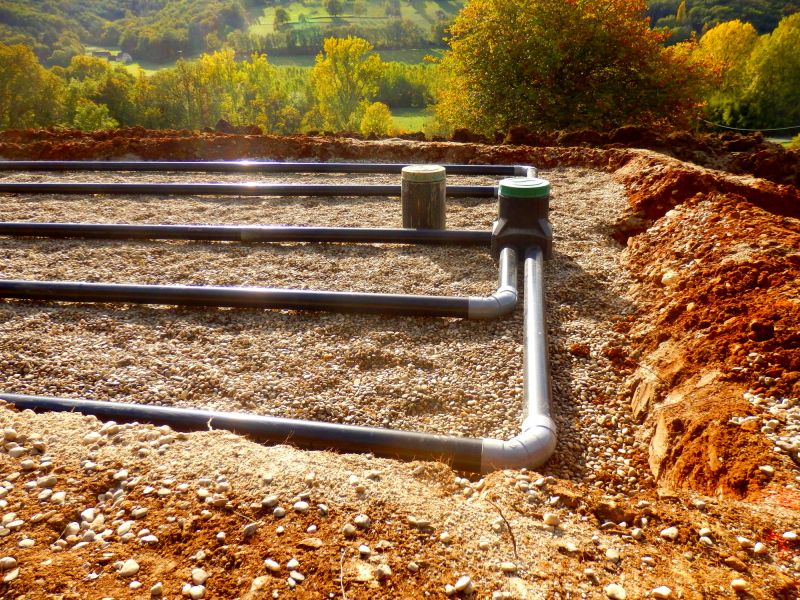
Components such as pipes, connectors, and gravel beds are essential for effective drainage extensions.
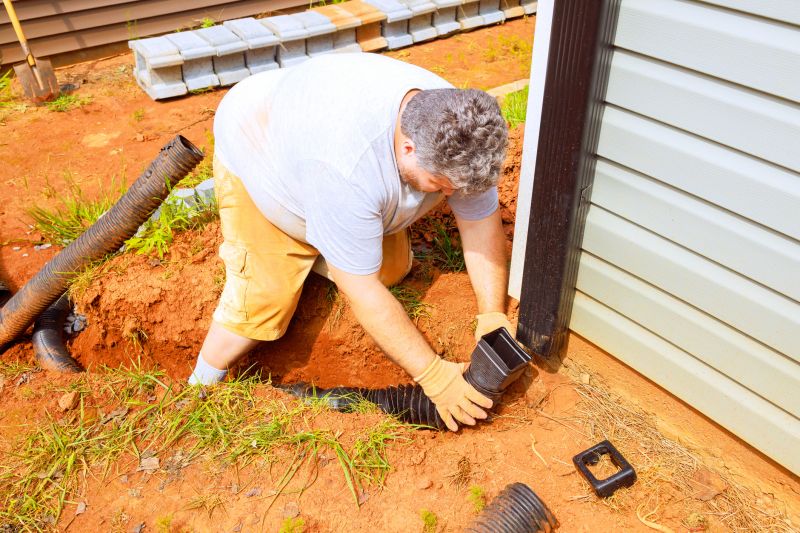
Proper installation involves trenching, connecting pipes, and ensuring correct slope for water flow.
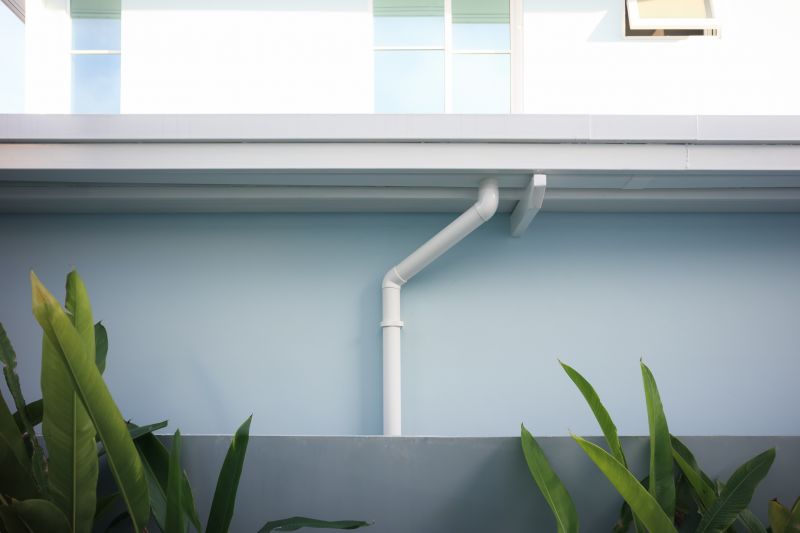
A properly installed drainage extension helps prevent water accumulation and property damage.
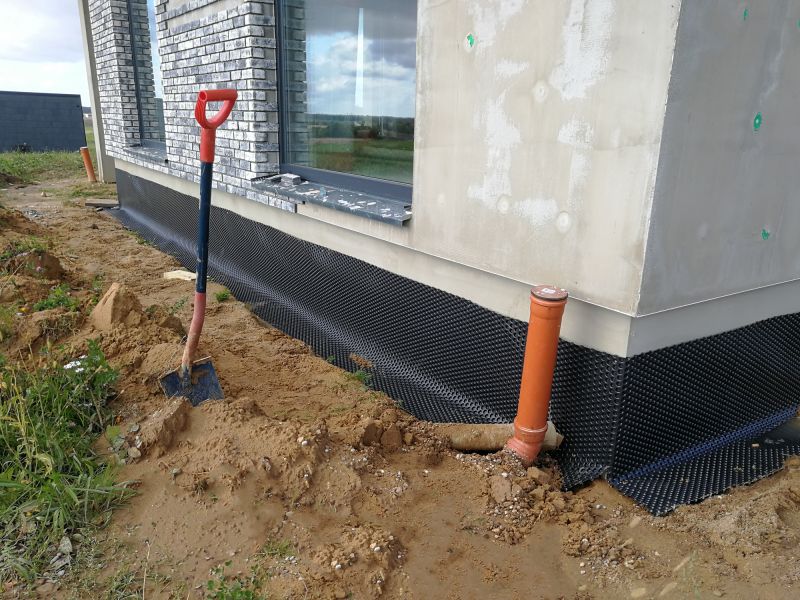
Regular inspection and maintenance ensure long-term functionality of drainage extensions.

A 60-second routine that keeps Drainage Extensions looking new.
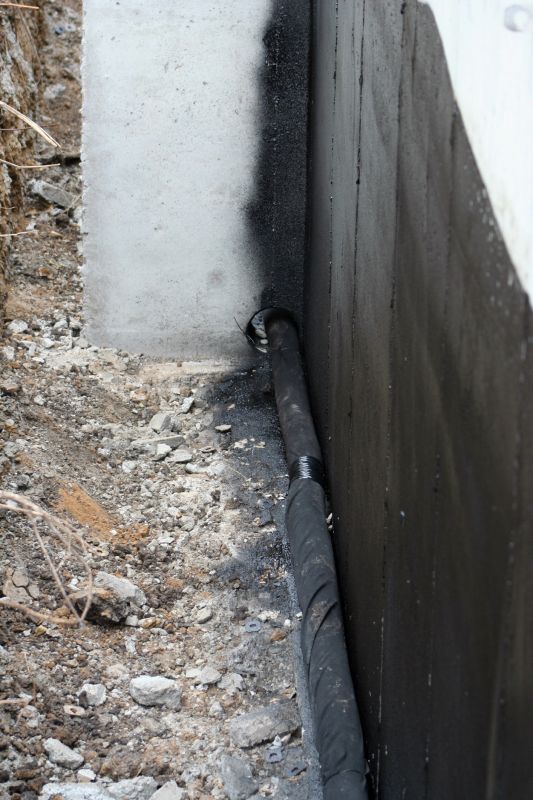
A frequent mistake in Drainage Extensions and how to dodge it.

Small tweaks to make Drainage Extensions safer and easier to use.
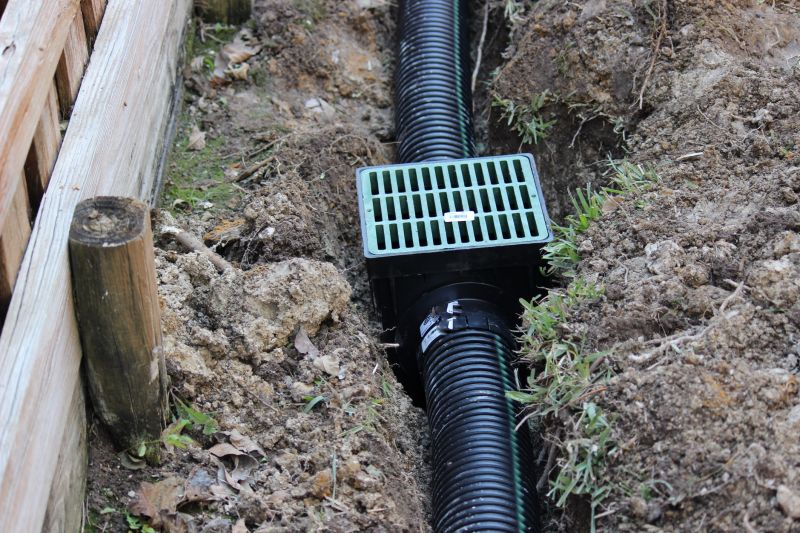
Lower-waste or water-saving choices for Drainage Extensions.
| Factor | Best Timing Advice |
|---|---|
| Weather Conditions | Install during dry, stable weather to ensure proper setting. |
| Soil Moisture | Choose periods when soil is dry for better stability. |
| Temperature | Avoid installation during freezing temperatures or extreme cold. |
| Regional Climate | Adapt timing based on local climate patterns. |
| Upcoming Heavy Rain | Schedule before forecasted heavy rainfall to prevent washouts. |
| Soil Freeze-Thaw Cycles | Avoid during freeze-thaw cycles to prevent shifting. |
| Construction Season | Align with local construction seasons for availability. |
Choosing the right time for drainage extension installation is essential for long-term performance. Proper timing minimizes disruptions and ensures the system functions as intended, reducing the risk of water damage and foundation issues. Consulting local weather patterns and soil conditions can help determine the most suitable period for installation.
Interested in drainage extensions? Filling out the contact form can provide tailored information and scheduling options to suit specific site conditions and regional climate considerations.
